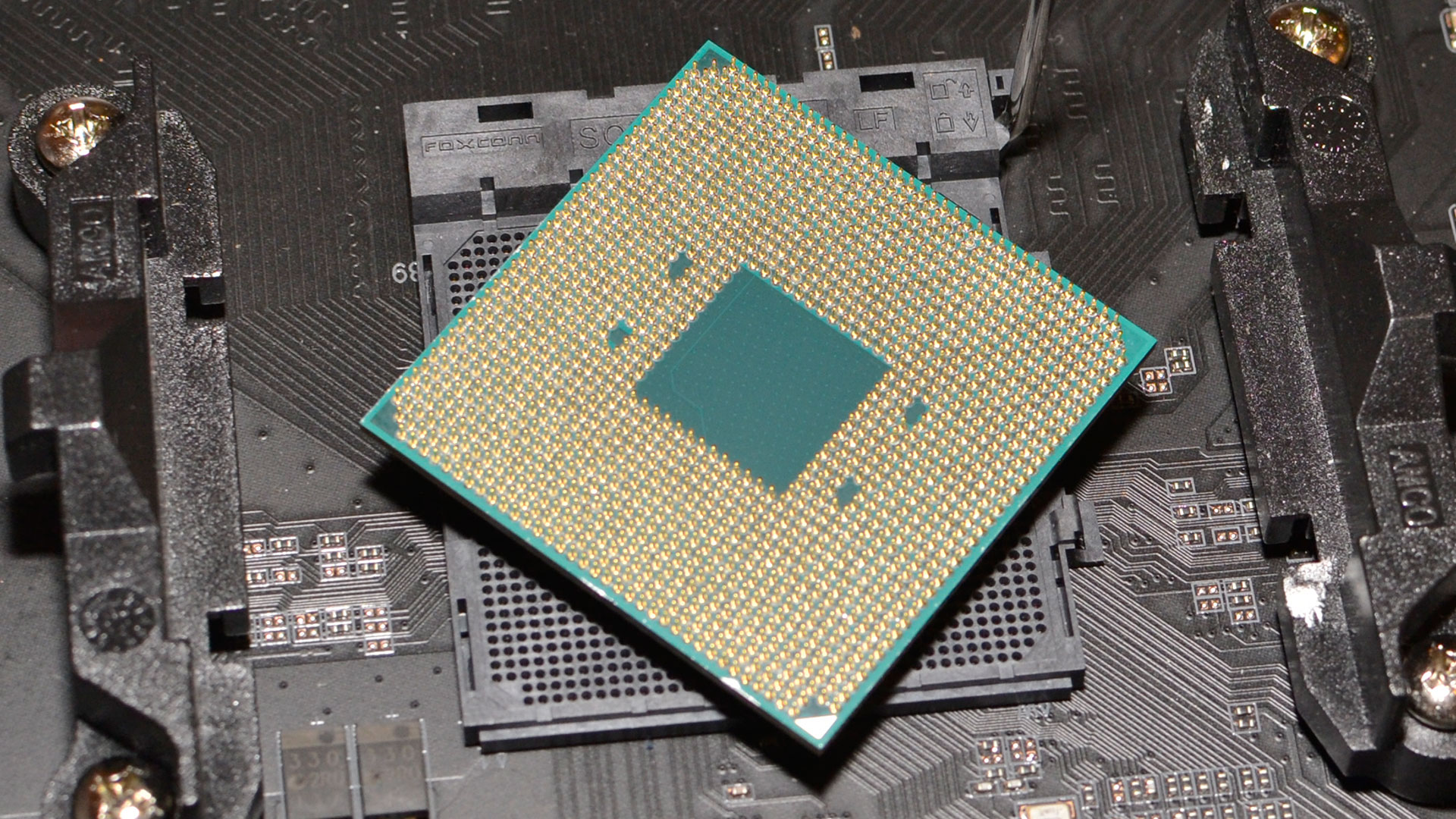Users across the internet have been frustrated by intermittent stuttering issues that include things like random freezing, sudden performance drops and latency spikes. These kinds of issues seem to be affecting AMD systems and are difficult to replicate due to their randomness. Thankfully, it appears as AMD has managed to isolate the problems to its firmware TPM.
AMD addressed the issue on its website (via TechPowerUp) stating that “AMD has determined that select AMD Ryzen™ system configurations may intermittently perform extended fTPM-related memory transactions in SPI flash memory (“SPIROM”) located on the motherboard, which can lead to temporary pauses in system interactivity or responsiveness until the transaction is concluded.”
AMD goes on to say that it expects BIOS updates to start in May 2022. That’s a full two months away! In the meantime, you can get around the issue by purchasing a hardware TPM module. These are widely available, but before you do that, check to see if your motherboard supports hardware TPM, which, if enabled, means you shouldn’t be experiencing any issues anyway.
Trusted Platform Module, or TPM, is a security measure that secures a computer with a cryptographic key. Its aim is to improve platform security by encrypting sensitive data so that attackers and malware can’t access it. Well, not easily anyway! Any PC that’s connected to the internet, runs applications, or in fact has a human in front of it can ever be 100% secure.
TPM has existed in one form or another for many years, particularly in the enterprise world, but many desktop users and gamers would have first come across it when Microsoft announced that it would be a requirement for Windows 11. Its reasoning is that firmware attacks and malware including ransomware attacks are on the rise, and due to its market saturation, many of these attacks are on Windows machines.
It’s all a bit confusing. Microsoft’s PC Health Check app can be used to check if the system has TPM available. Add to that the requirement for a modern CPU, confusing nomenclature and now random performance issues and we’re left wondering if TPM is worth the hassle. If you don’t want it, there’s always this workaround that allows you to bypass the requirement when upgrading from Windows 10.


